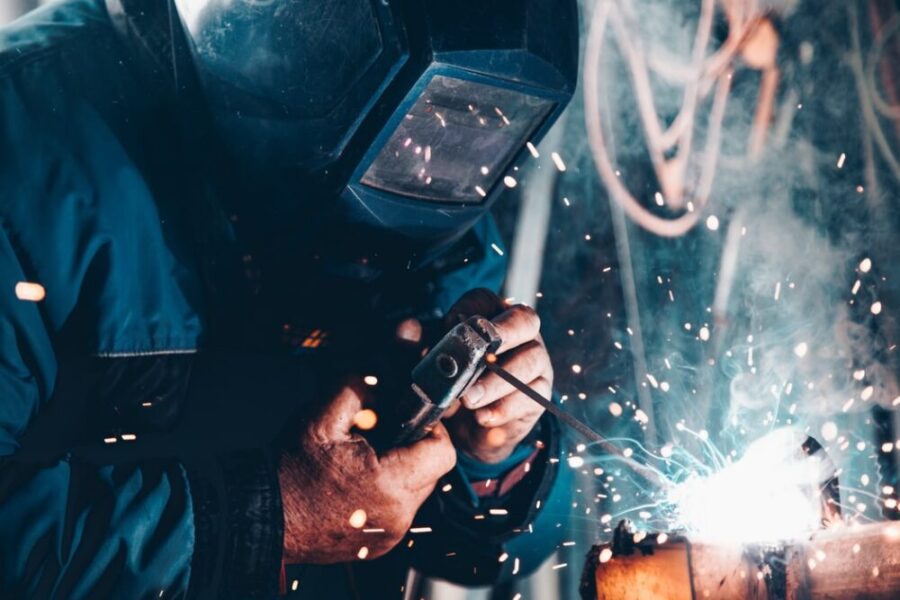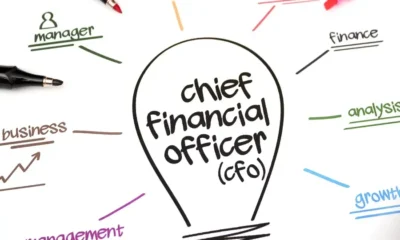6 Tips and Tricks That Can Advance Your Welding Skills – 2024 Guide
Throughout our life, we learn things that serve us up until the very end. Different skills require specific interests but if you ever put your thoughts on welding, we assure you that you’ve made the right choice.
Welding is probably one of the most useful skills a person can learn, especially if working with metal or doing any other heavy-duty type of work is what you’re making a living out of.
However, this skill, or activity if that’s what you want to call it, takes a lot of attention and requires a lot of safety. It’s not something anyone can jump into and learn it immediately. It takes practice as well as trial and error. Thankfully, it’s 2024 and we have the internet, so learning things has never really been easier. Let’s take a look at how you can improve at welding.
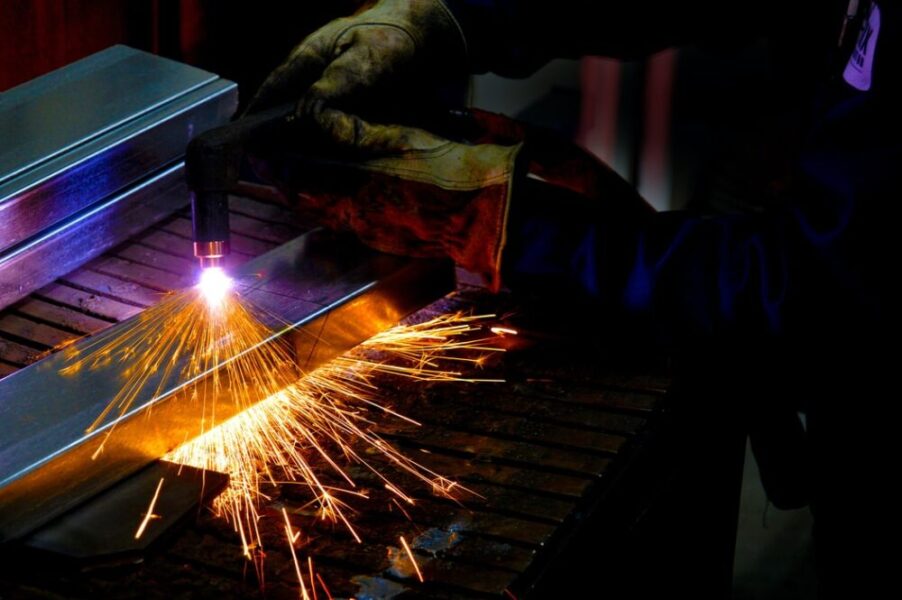
img source: unsplash.com
-
Preparations are half of the work – Don’t disregard this phase
Just like you need to prepare the walls before painting them, the same thing applies to metals before welding. And, this doesn’t only mean cleaning the materials, but the environment as well. Most people weld in places that are not completely isolated from things such as dust particles, debris, grease, and other similar unwanted things. Placing a material that needs to be welded on such a surface can drastically impact the quality of the final product.
The materials themselves need to be cleaned out of any unwanted coatings so make sure to do that before welding. It’s much difficult to do it later once you’ve already started.
-
Safety always comes in the first place – Protect each part of your body
Welding is an activity that requires you to expose your body to high temperatures, and most of the time the source of these high temperatures will be close to your vital body parts. This is why we never recommend welding without safety gear, not even if you are an experienced welder. Those thinking they are experienced enough to weld without safety equipment are usually the ones who get hurt the most and most often.
Each piece of the safety equipment is equally as important but if we have to put them in a priority order this is how we’d do it
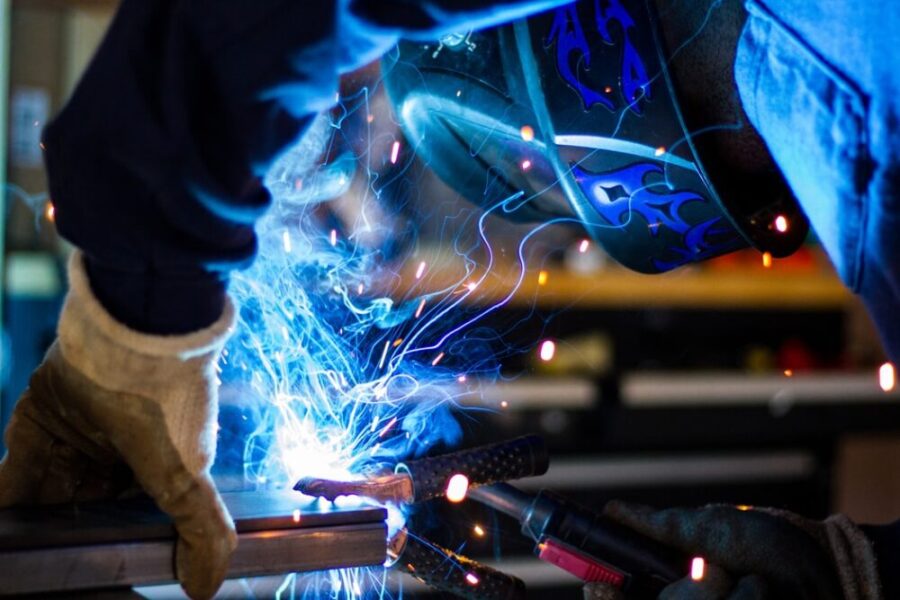
img source: unsplash.com
- Helmet for eye protection (it helps you see and perform better, and protects your eyesight)
- Gloves since your hands are most prone to injuries (they are closest to the heat sources)
- A shirt with long sleeves so that you don’t get burned on your hands from the sparks
- Footwear that’s closed and offers protection in the toe area
-
Test the machine on some extra scrap metal before welding the real thing
To check whether your machine is configured properly or not, test it on some scrap metal before beginning with the real project. This will ensure you won’t run into any mistakes later on. It’s always better to be sure than sorry. Double-check the stick as well, and make sure it’s suitable for the type of welding you’re about to do.
-
“Optimize” the material for maximum hydrogen escape
For certain materials, such as high-strength steel, for example, hydrogen cracking is the worst thing that can happen. After an inexperienced welder completes the procedure, the cracks will occur during the cool-off phase. To avoid these experienced welders suggest pre-heating the metal throughout the entire procedure. Even after the welding is finished. This is done to slow down cooling down so that more and more hydrogen can escape before the metal finally solidifies. Other things you can do is removing grease, paint, or dust from the material before beginning the welding procedure.
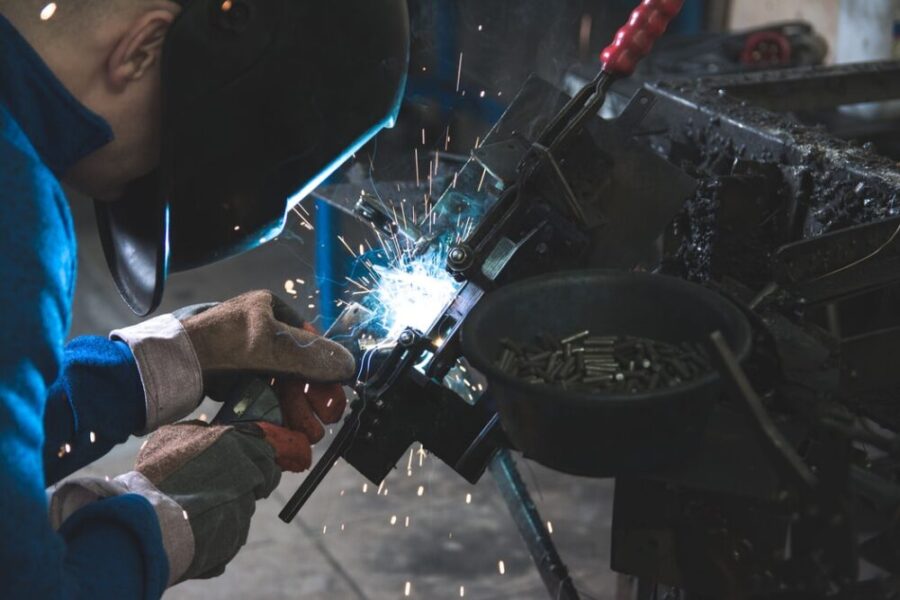
img source: unsplash.com
-
Plan the job and try to incorporate automation for better results
You should try to incorporate automation whenever possible because welding requires a lot of precision and therefore automation is always really handy. In a very delicate job, eliminating any chances for human error is of huge importance. Of course, this is not always possible, but planning is crucial.
In case you are looking for machinery and equipment, welding.com.au is a website where you can learn more.
-
Gas selection is crucial for a successful and flawless weld
Choosing the right gas based on the materials you’re trying to weld together is crucial for a flawless weld. This impacts the final result a lot more than some people think. A common “combination” is using GTAW for stainless steel welding and a mixture of argon and hydrogen. But this doesn’t work for every material. In fact, in most situations, you should try to minimize the amount of hydrogen because it can cause unexpected cracks later on when the materials cool off.
For duplex and super duplex welding, for example, adding nitrogen will help form a better connection between the austenite and ferrite found in the material. Here’s how to choose the right gas for the task:
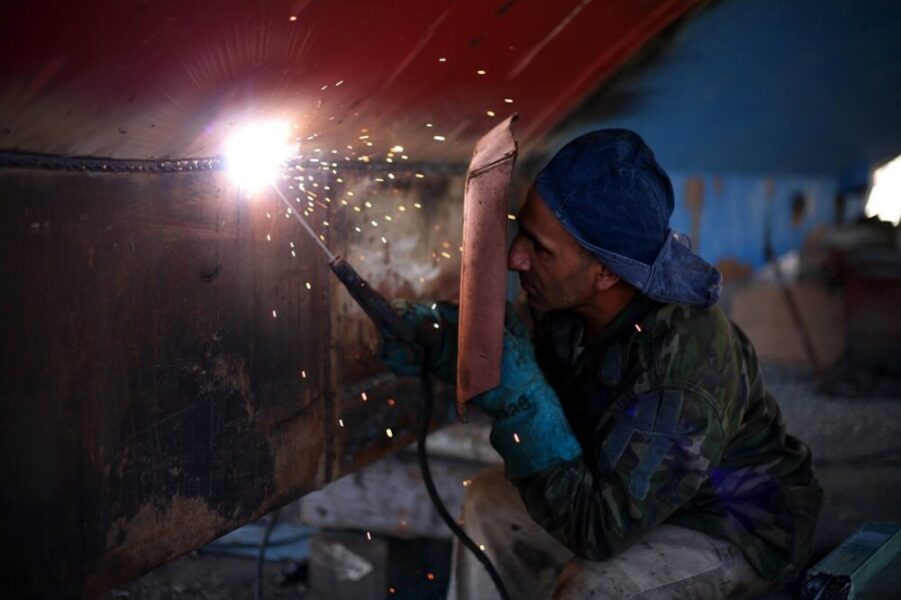
img source: unsplash.com
- Consider the type of material you’re welding
- Do you need to do a deep penetration or not
- Should the weld be aesthetically impressive or not?
Conclusion
Although it’s not the most appealing skill to the newer generations, and not the safest one either, it’s probably the most useful one a young person can learn as a part of their self-improvement journey. A lot of things nowadays need to be welded together and if you don’t know how to do it on your own, you’ll have to spend your hard-earned money paying for that service instead.
In today’s article, we listed six tips and tricks that can help anyone become a better welder, so feel free to check it out and try implementing them in your welding. Thank you for the time you took to read this article and we hope we were useful and helped you learn something new.

